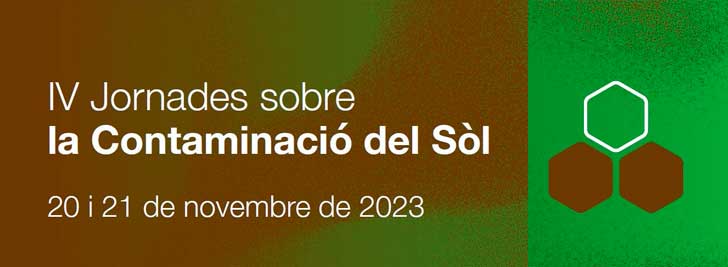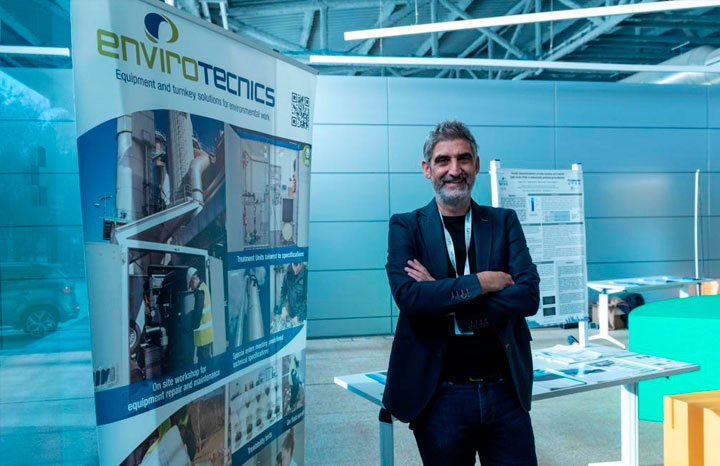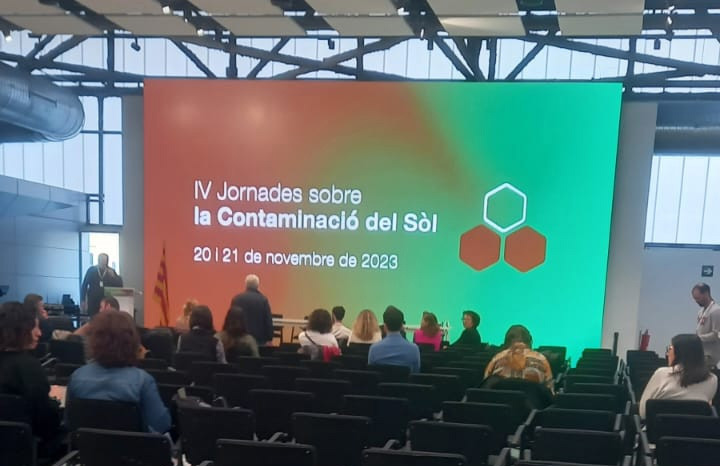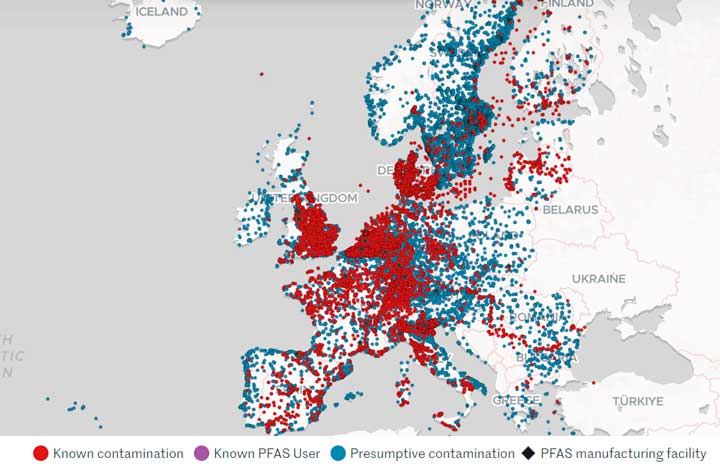The Waste Agency of Catalonia held on October 20 and 21, 2023, the “IV Conference on Soil Contamination” in which ENVIROTECNICS has actively participated.
The conferences were held at the Espai Bital in l’Hospitalet del Llobregat and were attended, during the two days, by more than 200 people from different industrial sectors, engineering and consultancy firms, university research groups and administrations.
This new conference has given continuity to those previously held in 2015, 2017 and 2019 and has allowed to continue advancing among all the agents involved in the main lines of work that had been highlighted as a priority in previous meetings.
The conferences have been structured in 4 thematic blocks:
- Bioremediation
- Treatment of organic compounds
- PFAS
- Land management
The following conclusions were reached from the presentations and round tables:






